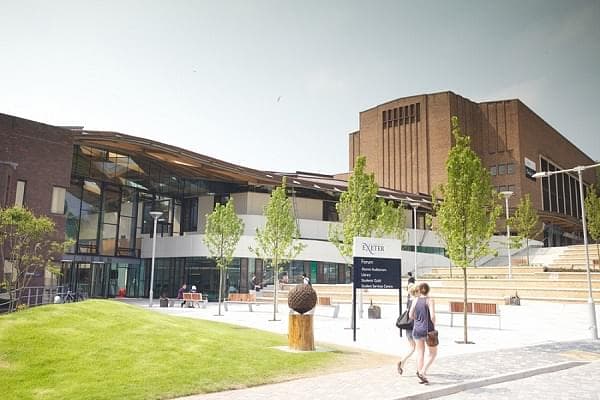The modules we outline here provide examples of what you can expect to learn on this degree course based on recent academic teaching. The precise modules available to you in future years may vary depending on staff availability and research interests, new topics of study, timetabling and student demand.
Year 1
In year one you will develop your understanding of physics and become familiar with a variety of basic mathematical tools. The concepts and phenomena you will meet are many and varied, but are united by the underlying principles of physics. In a typical week you will spend 15 hours in a formal teaching environment, and be expected to spend a further 20 hours in independent study. You will have four hours of lectures in physics, two in mathematics, one tutorial, six hours in the teaching laboratories and two hours in problem-solving classes.
- Introduction to Astrophysics
- IT & Electronics
- Practical Physics
- Mathematics
- Vector Mechanics
- Properties of Matter
- Waves and Optics
Year 2
- Condensed Matter I
- Electromagnetism I
- Maths with Physical Applications
- Practical Physics II
- Quantum Mechanics I
- Thermal Physics
Choice of either:
- Scientific Programming in Python (2035) or
- Scientific Programming in C (2027)
- Professional Placement/Study Abroad (if taken)
Final year
The final year of the programme allows you to apply the core principles in a broad range of important areas, such as Nuclear and High-Energy Particle Physics and Statistical Physics, plus advanced electromagnetism, quantum physics and condensed matter physics. There are numerous options in theoretical physics for you to choose such as Quantum Many Body Theory, and Relativity and Cosmology. You can also choose to study technologically-important areas such as Quantum Optics and Photonics, and Physical Methods in Biology and Medicine, and active research areas such as Galaxies and High Energy Astrophysics, and Nanostructures and Graphene Science. (Options are dependent on the programme of study).
This year also involves substantial project work. You’ll undertake extended experiments utilising a suite of equipment that includes an atomic force microscope, an infra-red spectrometer, and our own observatory and radio telescope. You also have the opportunity to undertake team-based work tackling a real-world problem proposed by local business or industry.
- Electromagnetism and Quantum Mechanics
- General Problems
- Nuclear and High Energy Particle Physics
- Project(s)
